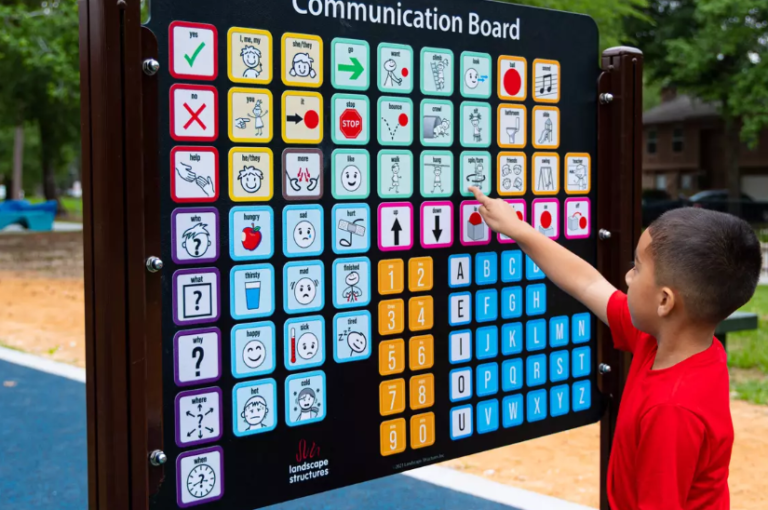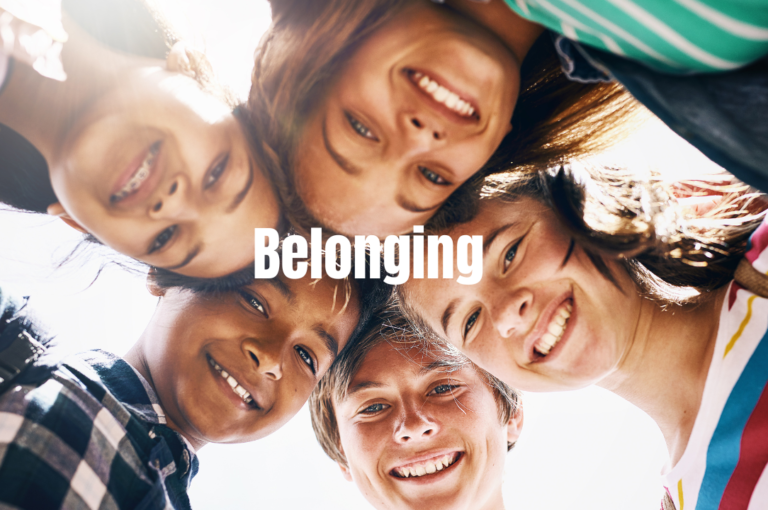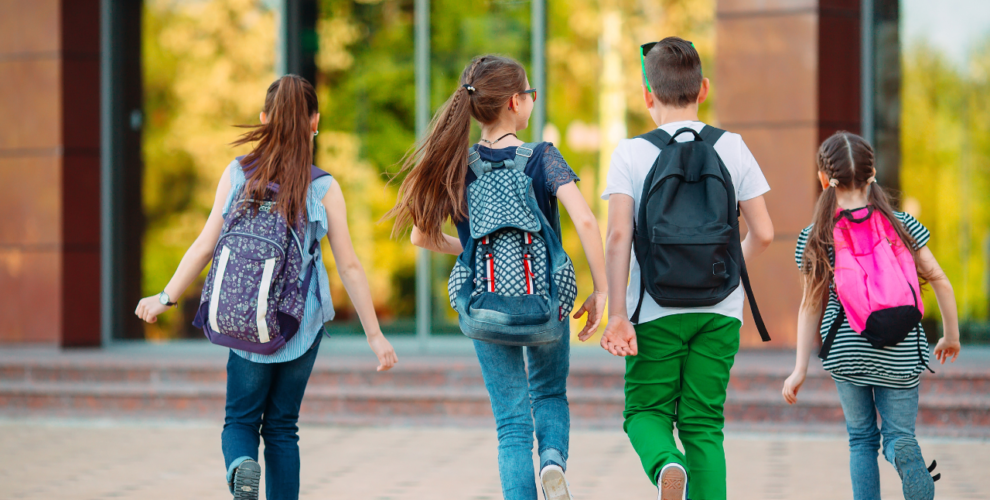Exploring “The Third Path”: A Journey Towards Holistic Well-being
“The Third Path” is a groundbreaking book authored by Dr. David Tranter, Lori Carson, and Tom Boland. The book presents a compelling exploration of the concept of holistic well-being and offers a roadmap for individuals seeking balance and fulfillment in their lives. Drawing from diverse fields such as psychology, philosophy, education and spirituality, “The Third Path” challenges conventional thinking and invites readers to embark on a transformative journey towards self-discovery and personal growth. In this series, we will delve into the 8 conditions and how this book can be used by educators to promote Powerful Learning in their classrooms.
At its core, “The Third Path” looks at a twofold approach where educators and school leaders focus on building relationships to grow student learning. The authors argue that society often presents us with only two options, forcing us to choose between conflicting paths, such as material success or personal happiness, career advancement or family time, and individualism or community. However, “The Third Path” proposes an alternative perspective, wherein all of those things can be achieved using a relationship-based approach.
We invite you to join us in learning more about it in this series.
Safety
The Third Path approach to safety and regulation emphasizes creating a supportive and inclusive learning environment where students feel emotionally and physically safe. Teachers can use this approach to build better relationships with students by prioritizing empathy, communication, and respect.
Here’s how teachers can implement the Third Path principles to enhance their relationships with students:
- Emotional Safety: Create a classroom atmosphere where students feel comfortable expressing their thoughts, feelings, and concerns without fear of judgment or ridicule. Teachers can achieve this by actively listening to students, validating their emotions, and providing support when needed.
- Physical Safety: Ensure that the classroom environment is physically safe by removing hazards and implementing appropriate safety measures. Teachers should also address any instances of bullying, harassment, or violence promptly and decisively to maintain a safe learning environment for all students.
- Safe and secure relationships form the basis of exploration and learning.
- It’s important to recognize the underlying emotional needs that are being expressed and understand how that relates to attachment patterns.
- A secure attachment forms when there is balance between exploration and attachment.
- Students assume in advanced that adults will let them down.
- The behaviors and responses that the child displays develop to help them feel safe. Patterns emerge through their experience with caregivers.
- Understanding the patterns of attachment can help the educator know how to best respond to the behaviour associated with it.








